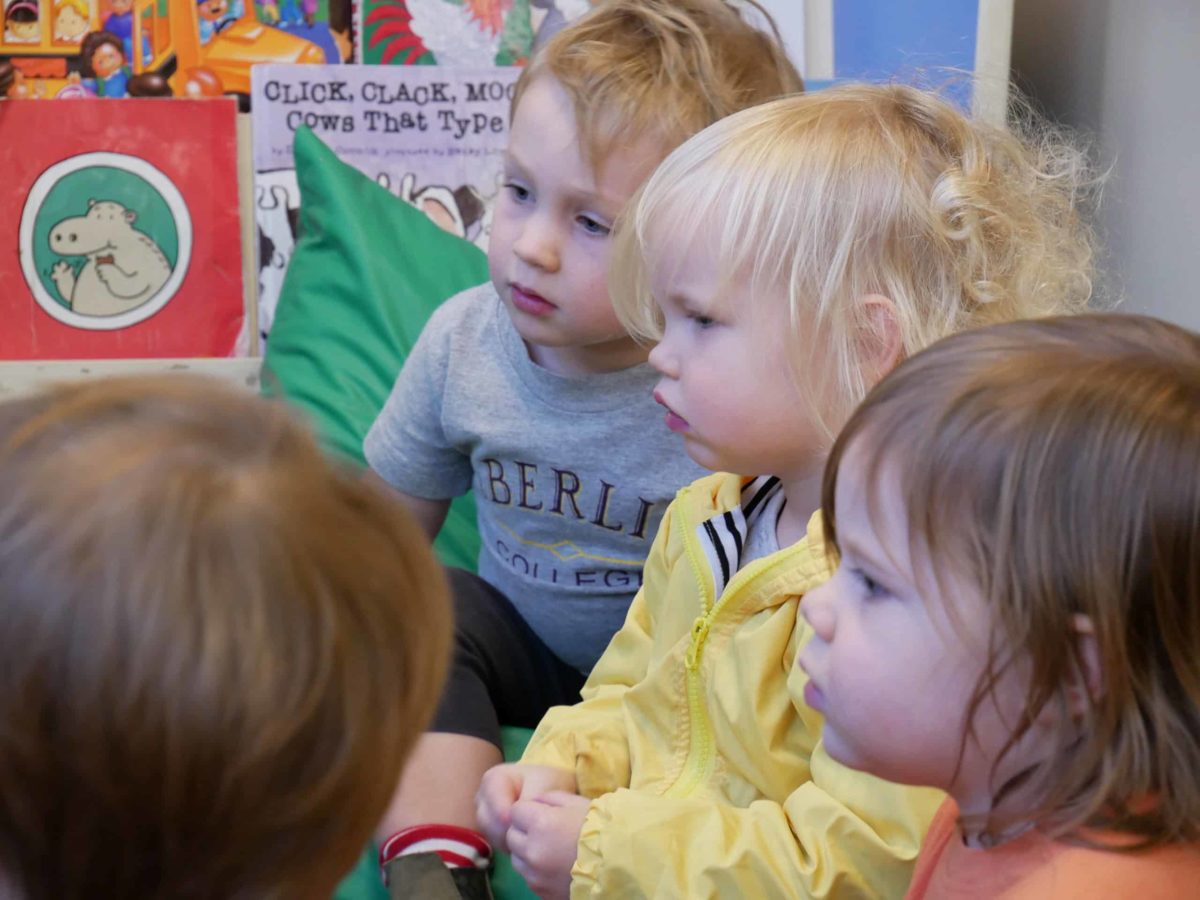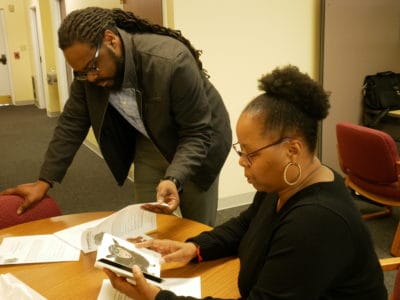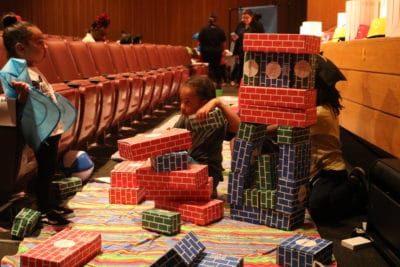

Haz clic aquí para leer este artículo en español.
As April 1, Census Day, approaches, you’ll get a letter in your mailbox telling you how to give basic information about your household to the U.S. Census Bureau. In North Carolina and beyond, advocates are pushing to ensure that children under 5 years old are counted.
This simple task has enormous consequences. It will shape the distribution of billions of federal dollars and many congressional seats throughout the next decade. Young children are among the groups most likely to be missed during the census, but money and planning for services that affect their development — from nutrition and health programs to early education slots — are based on this population count.
“If you don’t count your children now, by the time you get the chance to count them again, they might already be in high school,” said Lindy Studds, a media specialist at the Census Bureau. “They’ve gone 10 years without being counted or represented in federal funding and planning.”
Information that individuals share in the census is confidential and cannot be shared with other government agencies, Studds said. The invitations, sent between March 12 and March 20, will have a phone number and website as options for filling out the information conveniently. For people who do not respond, the bureau will send multiple reminders throughout March and April, as well as a paper form. If there is still no response, a bureau representative will go door-to-door to try to collect the information in person.
This week, the Census Bureau is encouraging teachers to participate in Statistics in Schools (SIS) Week to give pre-K-12 students and their families information on the importance of the count and how it affects their lives and communities. Each day in class will have a different focus, from diversity to a virtual field trip to the bureau, and at the end of the week, fliers will be sent home with children to share with their parents or caregivers.
SIS materials are free and available online throughout the year, including materials specifically for children and adults learning English as a second language. This week, kits were sent to every public, private, and charter school, the bureau said in a news release.
Whitney Tucker, research director at NC Child, said the 2010 census count missed about 25,000 children under 5 in North Carolina. Nationally, the miscount rate was higher for black and Latinx children.
Tucker said there are many reasons, including a general distrust of government, fear of repercussions, and the messaging in the bureau’s outreach. Even within minority communities, Tucker said, the omission rate for children is higher.
“In families returning forms and completing information about other people, they’re leaving off children under 5,” Tucker said.
Children in “complex families,” Studds said, also are more likely to be missed. If a child splits time between two households, the parent should count the child at the address where the child spends the most time. If that split is unclear, or is 50-50, parents should coordinate and count the child at the address where the child is sleeping on April 1, she said.
Infants should also be counted, the bureau says. If a mother is expecting to give birth to a child on or before April 1, the child should be counted. If the children living in the household are not related to the adult, they still should be counted.
Studds said bureau representatives will count families experiencing homelessness in-person through community organizations. Individuals living in “group quarters,” such as orphanages, military barracks, homeless shelters, college dorms, and senior centers, will be counted by a special team.
Tucker said the thousands of North Carolina’s children who were left out of the count in 2010 meant less funding, more waitlists, and one fewer seat in Congress for the state.
“It’s all wrapped up into one thing that takes less than 10 minutes if you can just remember to do it,” she said.
Studds said infrastructure, nutrition, emergency services, health and education programs, and placement of facilities from grocery stores to schools will use the census count.
“The more we can communicate to people that this really does touch every part of their life, that’s the biggest motivating factor that we can put out there,” she said.
For more information and materials, go to the Census Bureau’s website, NC Child’s website, or Child Care Services Association’s website.




